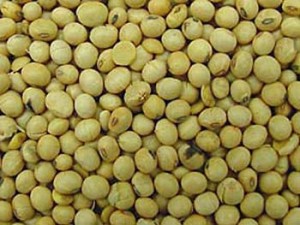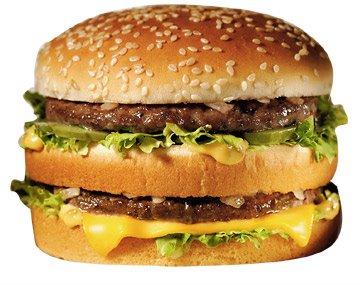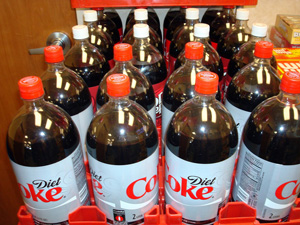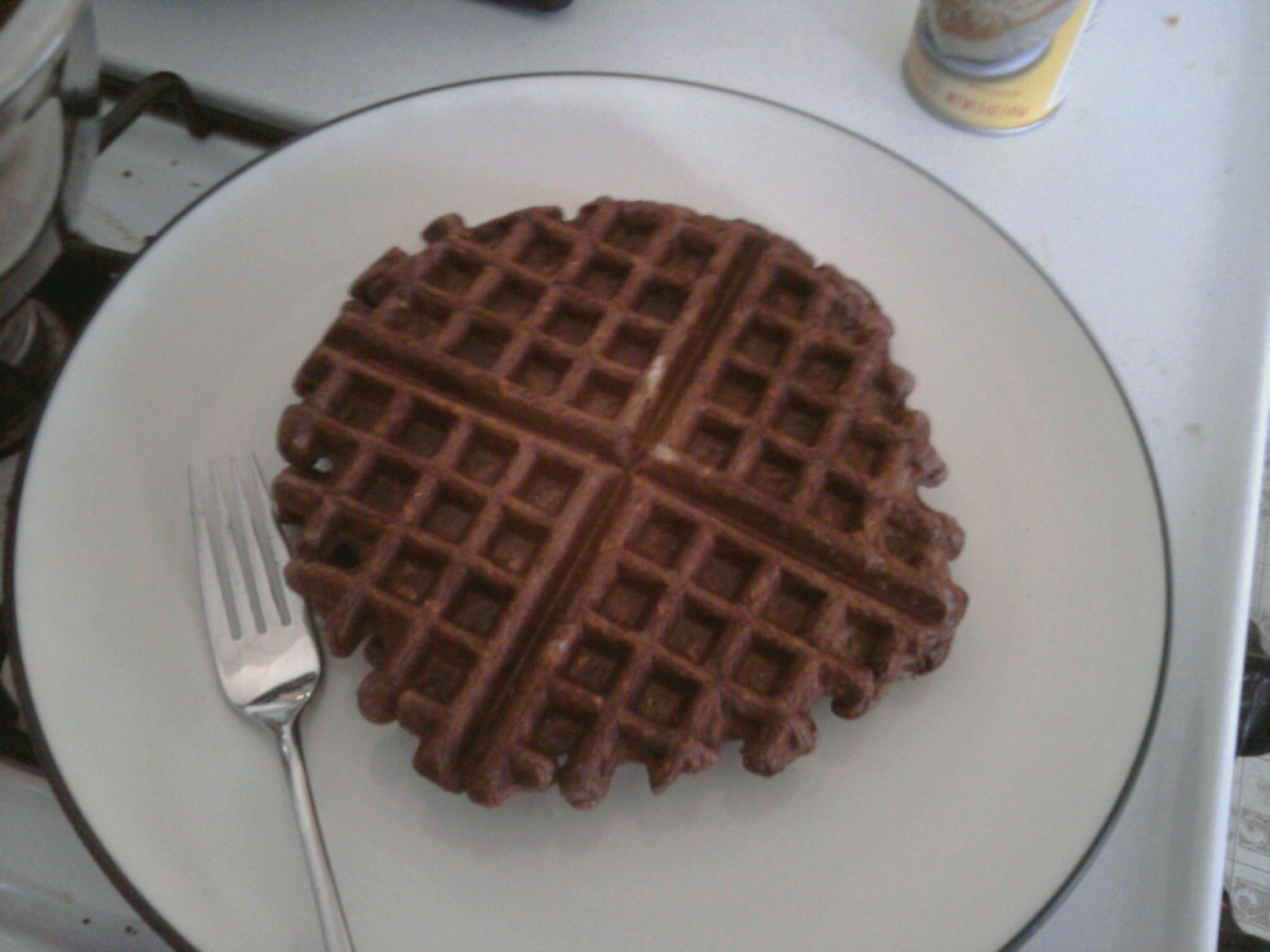Glucose
Glucose is the simple sugar made by the body through digestion of carbohydrates. It is the body’s chief source of energy. Sometimes glucose is called dextrose.
Sucrose
Sucrose is what we commonly refer to as table sugar. It is made from highly processed sugar cane or sugar beets. The composition of sucrose is a combination of glucose and fructose, which separates during digestion. Pure sucrose is devoid of any nutrients.
Fructose
Fructose, commonly called fruit sugar, is a simple sugar found in honey, tree fruits, berries, and melons. But don’t be fooled into thinking fructose on a label means you are eating fruit sugar. Pure crystalline fructose comes from two sources: corn or sucrose (table sugar). Corn starch is processed to release fructose. Sucrose (table sugar) is enzymatically hydrolyzed to separate into glucose and fructose. Crystalline fructose is pure fructose from one of these two sources.
High fructose syrup
High Fructose Corn Syrup is made from starches like corn, wheat, and rice. High fructose syrups contain nearly equal amounts of glucose and fructose, a composition nearly identical to sucrose (table sugar). The reason high fructose corn syrup is so abundant in our processed food is simple-it’s cheaper than sugar. Because we highly subsidize corn and place tariffs on sugar imports, high fructose corn syrup is much less expensive.
Pure fructose is 1.2-1.8 times sweeter than sucrose so less is needed for the same level of sweetness. It is low on the glycemic index, therefore it does not lead to peaks and dips in the body’s glucose levels. But fructose is processed in the liver. When too much fructose enters the liver at once, the liver can’t process fructose as a sugar. Instead, the liver turns excess fructose into fats-triglycerides. When you incorporate these fats into our bodies cells (the cell membranes) triglycerides cause these cells to be insulin resistant. This is the reason that high fructose corn syrup leads to diabetes. Fructose is linked to significant increases of both cholesterol and triglycerides. And remember-fructose, like sucrose-is a highly refined processed sugar devoid of any nutrition.
Maltose
Maltose, also known as malt sugar, is half as sweet as sucrose (table sugar). It is produced from starch (barley, wheat, rice or other grains). It has been produced in China since 200 B.C. We use it in making beer and as an additive to some processed foods.
In our bodies, maltose is formed as the first step in digestion of starchy foods. It is then broken down into glucose.





